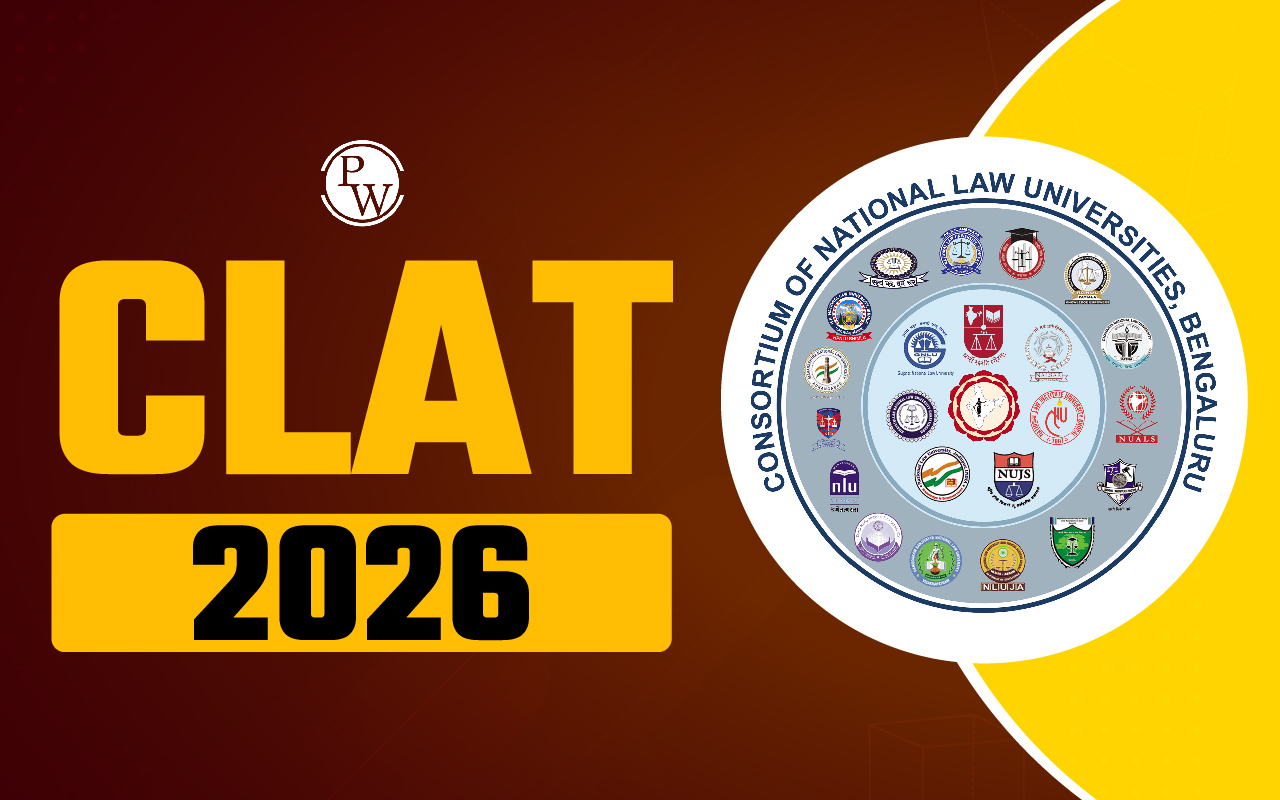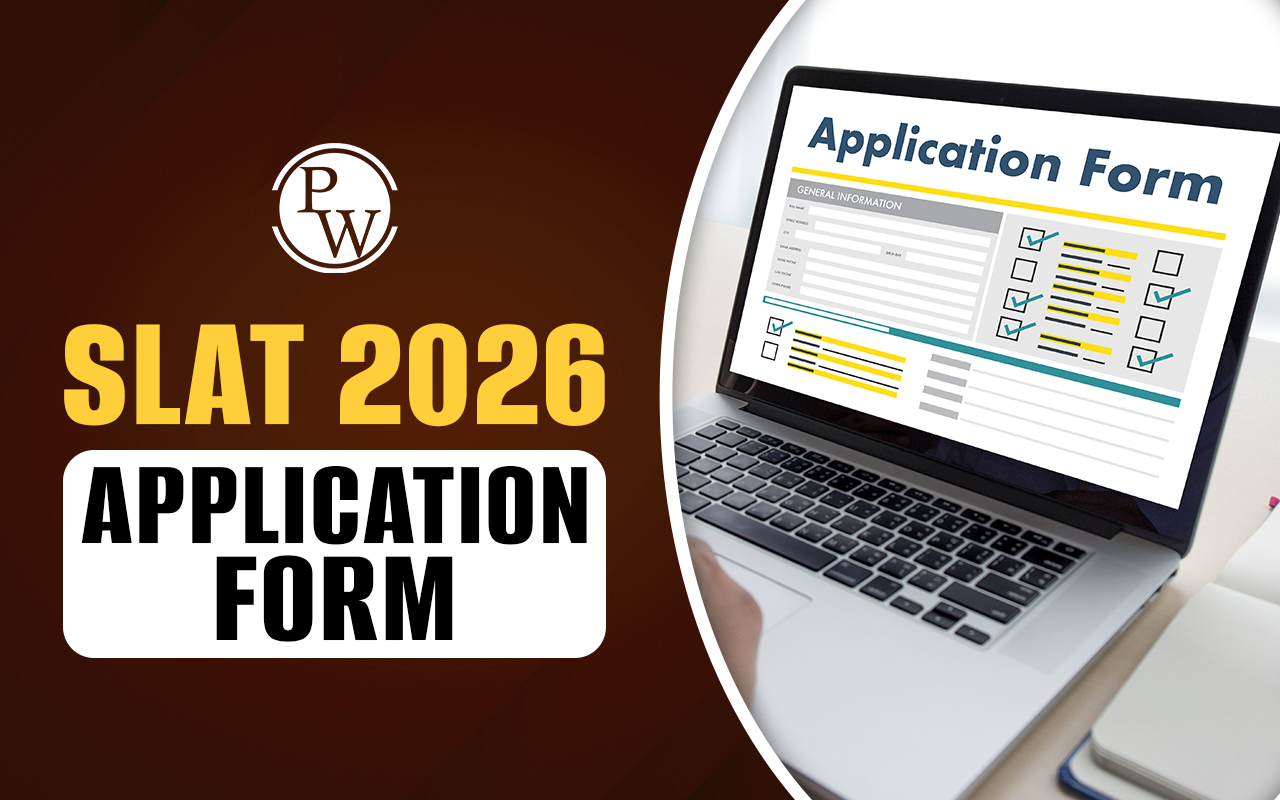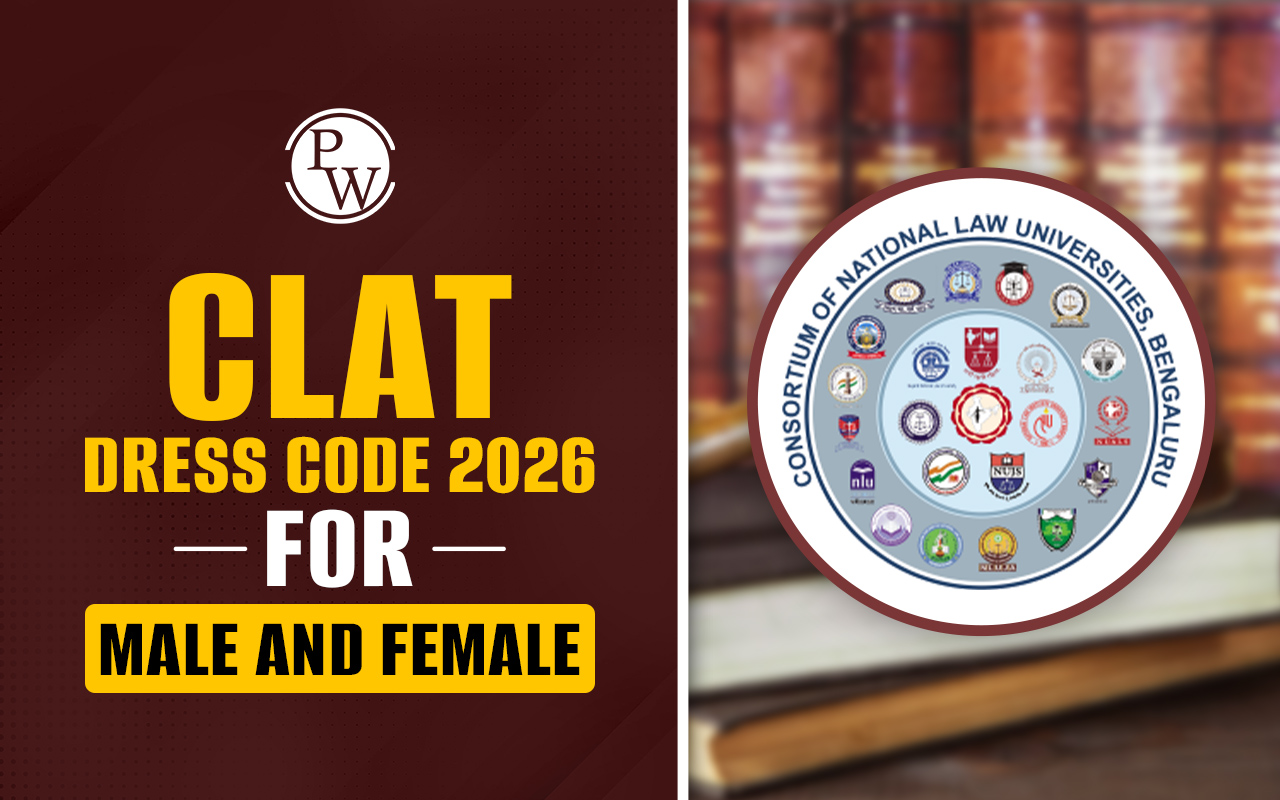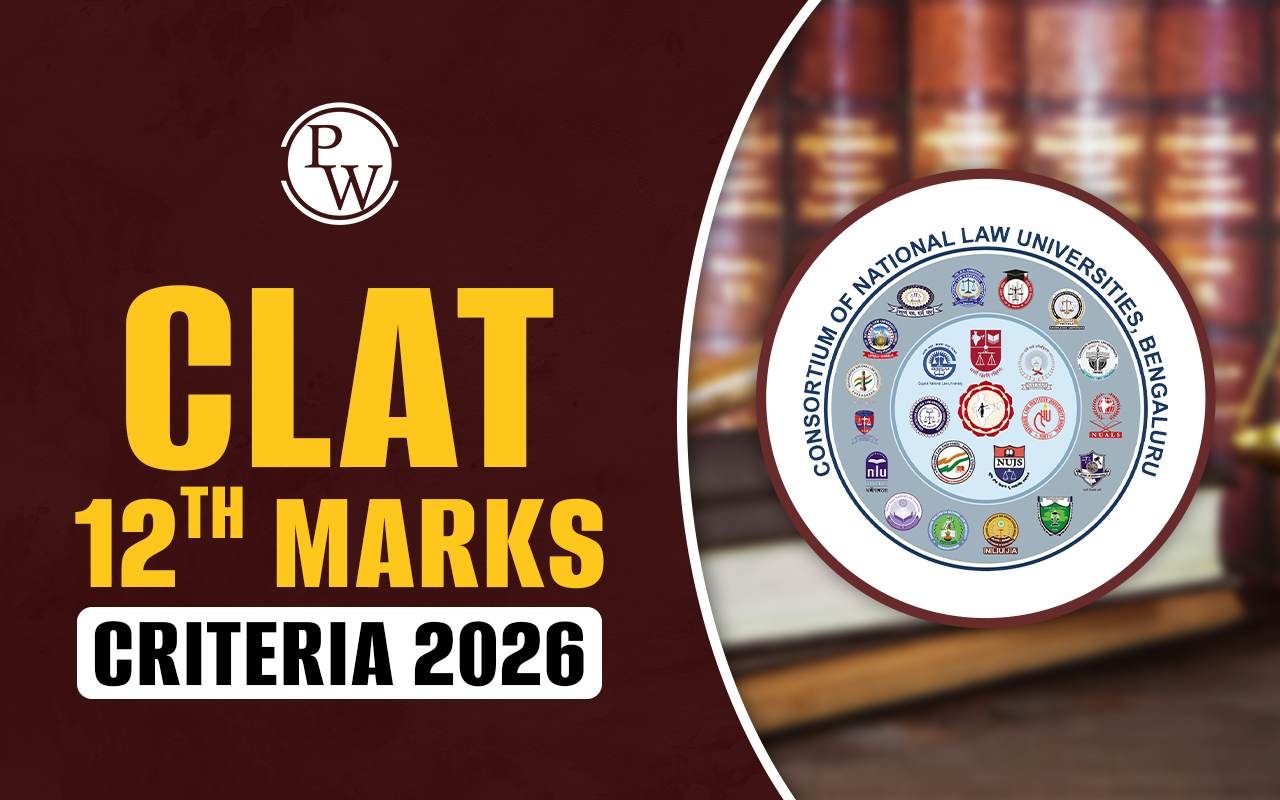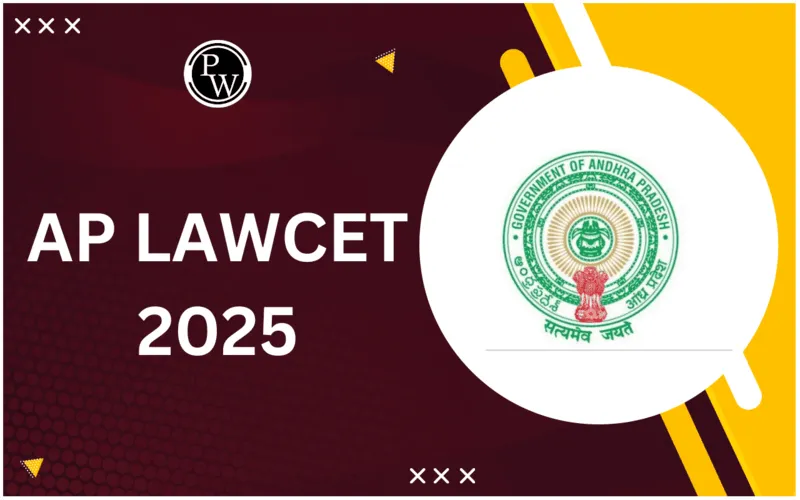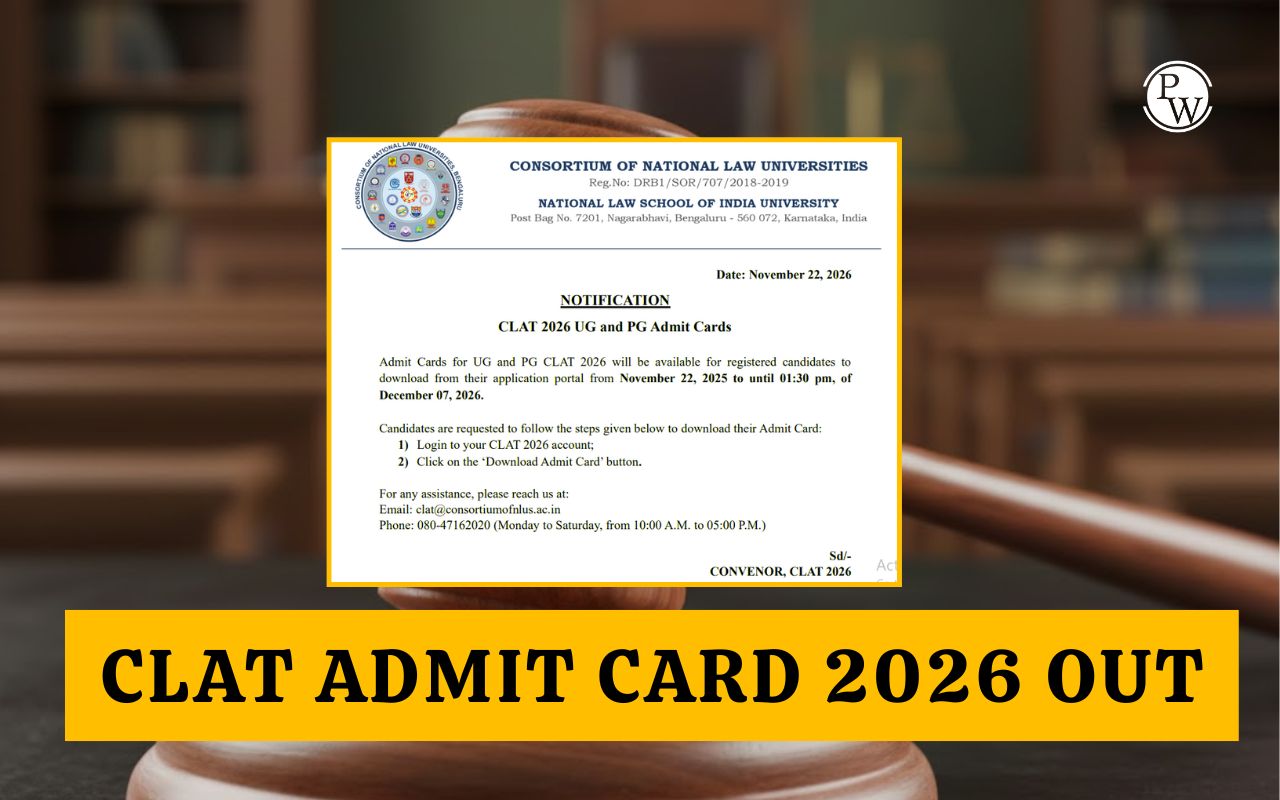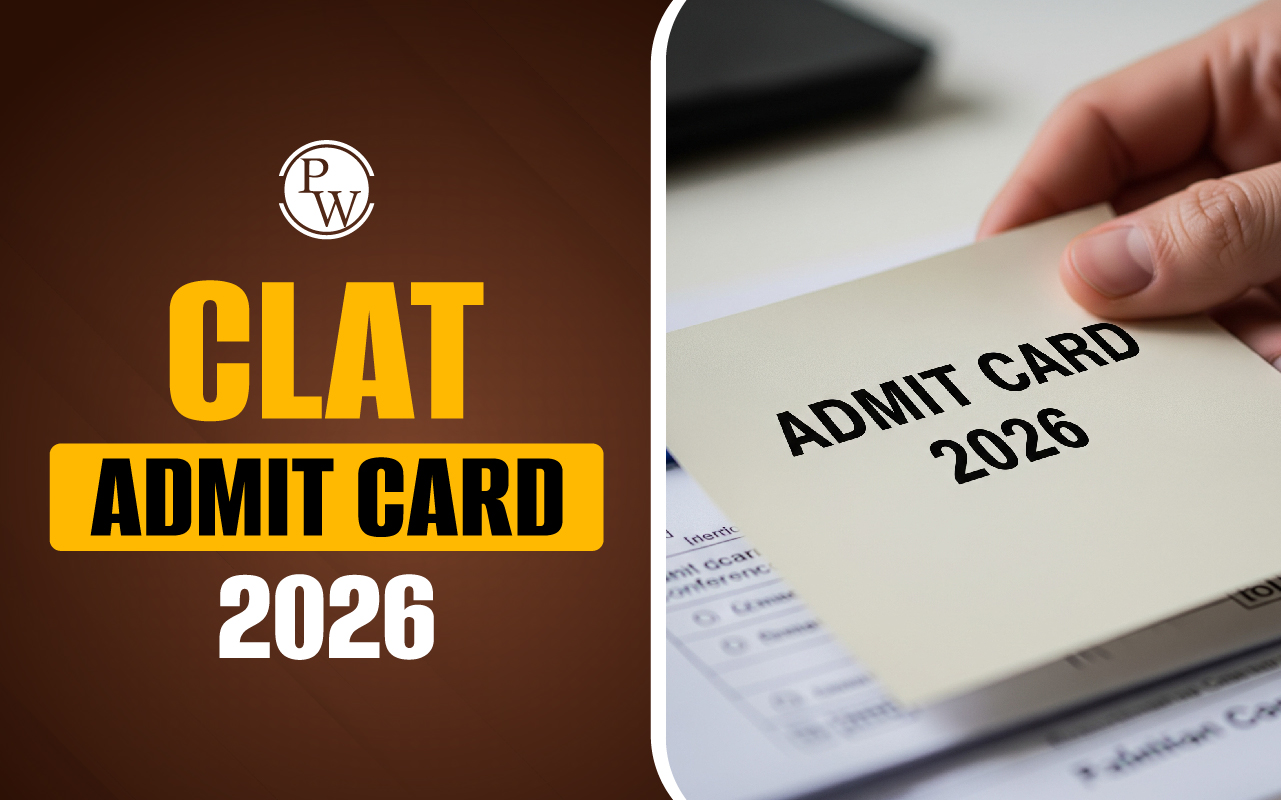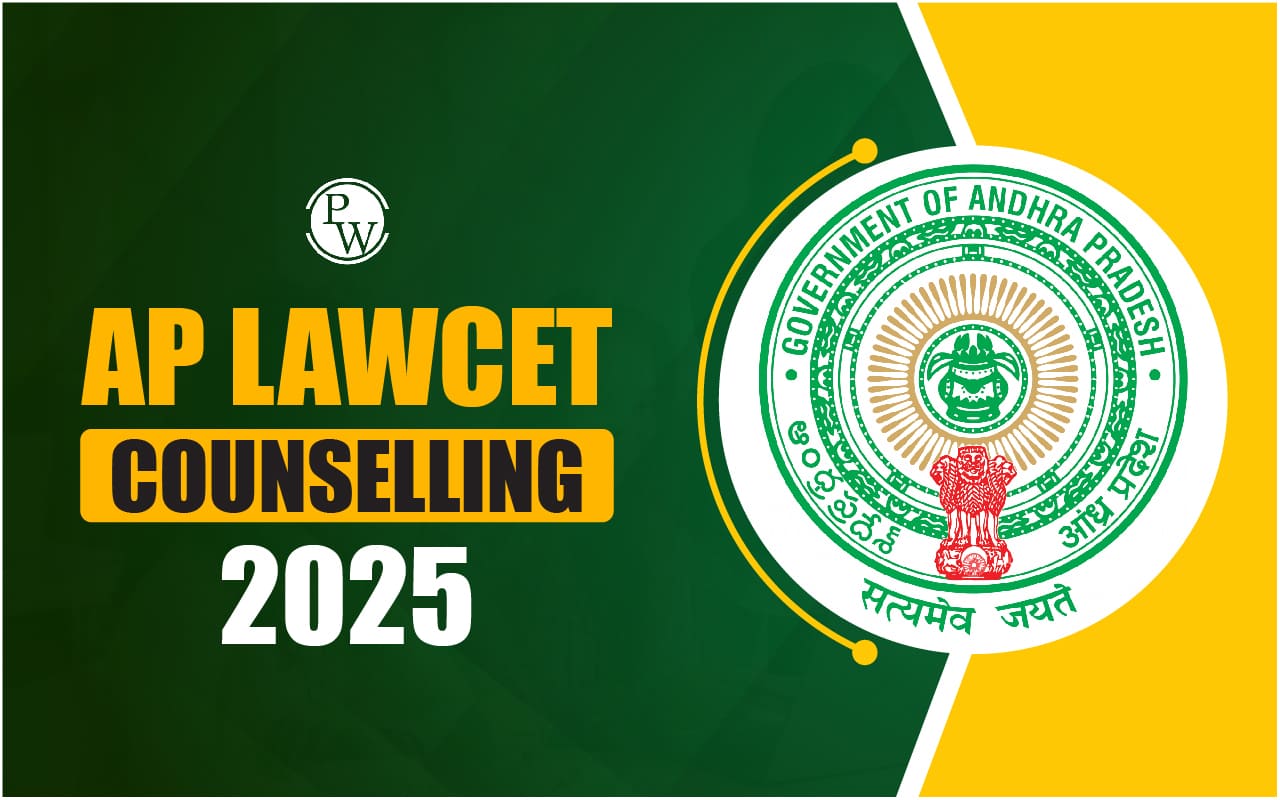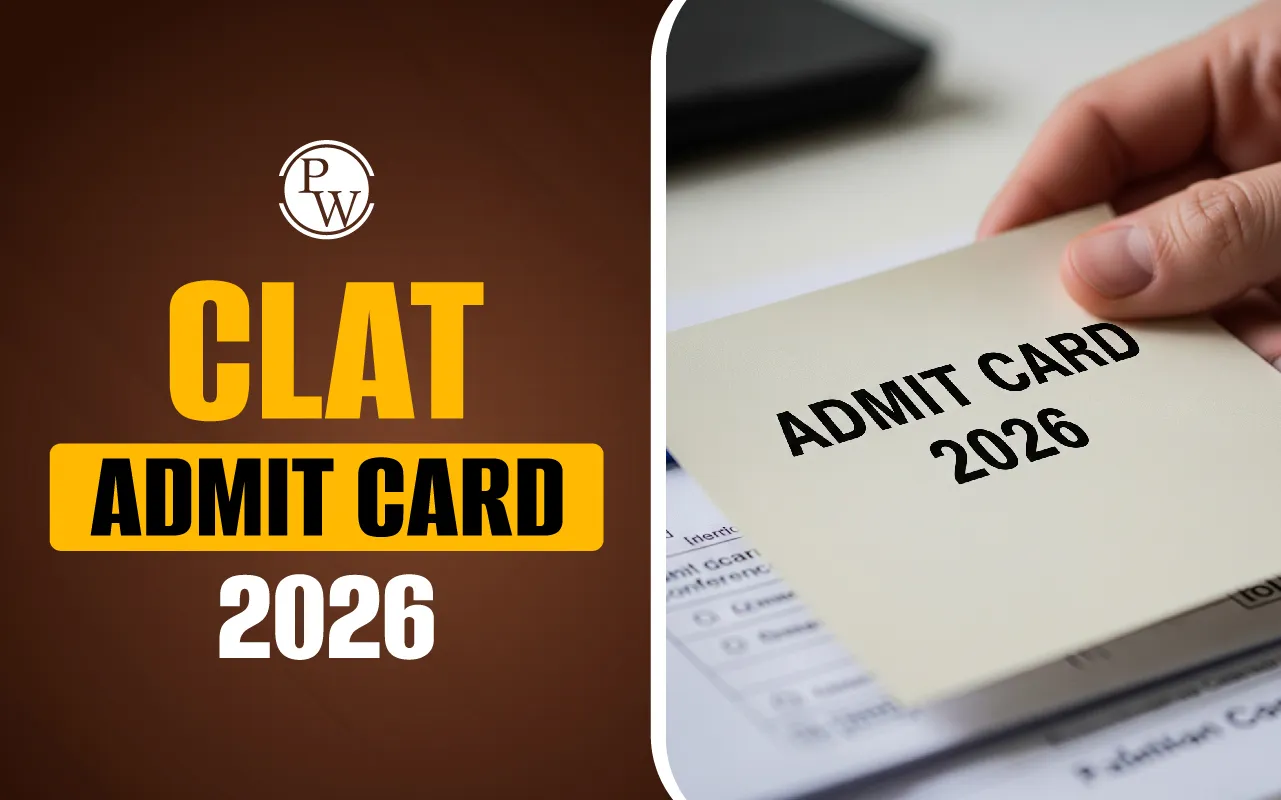

How to Convert Assertive To Interrogative Sentences For CLAT 2026: Understanding the basics and fundamentals to convert assertive to interrogative sentences for CLAT 2026 is crucial to excel in the CLAT English Language section and hence improve your overall performance. The ability to convert the sentences from one form to another while preserving the overall meaning, is essential for answering passage-based questions asked frequently in CLAT 2026.
What are Assertive Sentences?
Assertive sentences, also known as declarative sentences, state a fact, opinion, or idea directly. These sentences declare or assert something and end with a period. Assertive sentences can be either affirmative or negative. They form the majority of sentences in the English language.
Examples:
- Alex is a good baseball player.
- The sky is blue.
- She enjoys reading novels.
- They do not like spicy food.
- He is studying for his exams.
What are Interrogative Sentences?
Interrogative sentences are questions that seek information or clarification and are designed to elicit a response. They typically begin with question words such as "who," "what," "where," "when," "why," or "how," or they may start with auxiliary verbs like "is," "are," "do," or "can." Interrogative sentences end with a question mark, indicating that a reply is expected.
Examples:
- What time does the meeting start?
- Where did you go for vacation?
- Are you coming to the party tonight?
- How do you solve this problem?
Types of Assertive and Interrogative Questions Asked in CLAT 2026
For CLAT 2026, understanding the types of assertive and interrogative sentences is essential for effective communication and comprehension. This will enhance the candidate’s ability to formulate and respond to questions effectively in the CLAT examination context.
Types of Assertive Sentences
1. Affirmative Assertive Sentences: These state a fact or opinion positively.
- Example: "The sun rises in the east."
2. Negative Assertive Sentences: These express a fact or opinion negatively.
- Example: "She does not like coffee."
Types of Interrogative Sentences
1. Yes/No Questions: These can be answered with a simple "yes" or "no."
- Example: "Are you attending the meeting?"
2. Wh-Questions: These begin with question words like who, what, where, when, why, or how and require more detailed responses.
- Example: "What time does the event start?"
3. Choice Questions: These provide options for the respondent to choose from.
- Example: "Would you prefer tea or coffee?"
4. Tag Questions: These are statements followed by a mini-question to confirm information.
- Example: "You're coming to the party, aren't you?"
Difference Between Assertive and Interrogative Sentences for CLAT 2026
The difference between assertive and interrogative sentences for CLAT 2026 lies in their function and structure. Assertive sentences make a statement or express an opinion, while interrogative sentences ask a question, typically ending with a question mark. Understanding this distinction helps in analyzing sentence types for the exam.
The following table mentions the key differences between assertive and interrogative sentences for CLAT 2026.
Rule to Convert Assertive To Interrogative Sentences For CLAT 2026
To convert assertive sentences to interrogative sentences for CLAT 2026, the following rules are applied.
1. Identify the Main Verb: Determine the main verb in the assertive sentence, as it will guide the structure of the interrogative form.
- Example: Assertive: "The sky is blue."
Interrogative: "Is the sky blue?"
2. Use Auxiliary Verbs: If the assertive sentence contains an auxiliary verb (is, are, do, etc.), place it at the beginning of the sentence. If there is no auxiliary verb, add one (do/does/did) based on the tense.
- Example: Assertive: "She enjoys reading."
Interrogative: "Does she enjoy reading?"
3. Change Affirmative to Negative: If the assertive sentence is affirmative, convert it to a negative interrogative form.
- Example: Assertive: "He is a teacher."
Interrogative: "Isn't he a teacher?"
4. Change Negative to Affirmative: Conversely, if the assertive sentence is negative, convert it to a positive interrogative form.
- Example: Assertive: "She does not like spinach."
Interrogative: "Does she like spinach?"
5. Use Question Words if Necessary: For detailed questions, incorporate question words (who, what, where, when, why, how) at the beginning of the interrogative sentence.
- Example: Assertive: "The meeting starts at 10 AM."
Interrogative: "When does the meeting start?"
6. Maintain Meaning: Ensure that the meaning of the original assertive sentence is preserved in the interrogative form.
7. Punctuation: Always end the interrogative sentence with a question mark (?).
Changing Assertive To Interrogative Sentences For Different Tenses
Changing assertive sentences to interrogative sentences involves converting a statement into a question, which may require altering the word order, using auxiliary verbs, or adjusting the tense. This is essential to tackle passage-based questions asked in the CLAT entrance exam.
Common Errors and Mistakes While Converting Assertive to Interrogative Sentences for CLAT 2026
Common errors and mistakes to avoid when converting assertive to interrogative sentences for CLAT 2026 include:
- Failing to invert the subject and auxiliary verb is a frequent mistake.
- Using the wrong auxiliary verb can lead to grammatical errors.
- Forgetting to add an auxiliary verb when one is not already present in the assertive sentence. In such cases, forms of "do" (do, does, did) should be used.
- Using the wrong word order in questions, especially Wh- questions, is another common error.
- Omitting the question mark at the end of the interrogative sentence.
- Unintentionally altering the meaning of the sentence during transformation.
- Failing to make the question negative if the original sentence is positive (and vice versa).
CLAT 2026 Preparation Tips for Assertive Sentences
Below are some preparation tips for comprehensive study of Assertive Sentences during CLAT preparation 2026.
- Understand the basic structure of assertive sentences, which follow the format: Subject + Verb + Object. This clarity aids in transformations and comprehension.
- Learn how to change exclamatory or interrogative sentences into assertive ones by applying specific rules, such as replacing "What/How" with "very" or "indeed" without altering the meaning.
- Understand the usage of auxiliary verbs, punctuation, and word order while transforming sentences.
- Upskill your vocabulary to express assertive sentences effectively.
- Review past CLAT papers to identify patterns and types of questions related to assertive sentences.
CLAT 2026 Preparation Tips for Interrogative Sentences
Candidates can overview the below discussed preparation tips for the interrogative sentences that are asked in CLAT exam.
- Familiarize yourself with the structure of interrogative sentences, which typically follow the format: Verb + Subject + Object, to ensure accurate transformations from assertive sentences.
- Practice questions based on converting assertive sentences into interrogative forms.
- Master essential rules for conversion, such as changing affirmative sentences to negative interrogatives and using auxiliary verbs appropriately when transforming sentences.
- Incorporate question words (who, what, where, when, why, how) effectively to form specific interrogative questions.
- Analyze previous CLAT papers to identify common types of interrogative sentence transformations.
How to Convert Assertive To Interrogative Sentences For CLAT 2026 FAQs
What is the basic rule for converting assertive sentences into interrogative sentences?
Is it necessary to change the tense while converting an assertive sentence to an interrogative one?
Why is this skill important for CLAT 2026?
Is there negative marking in CLAT 2026?
What is the syllabus for CLAT 2026?


